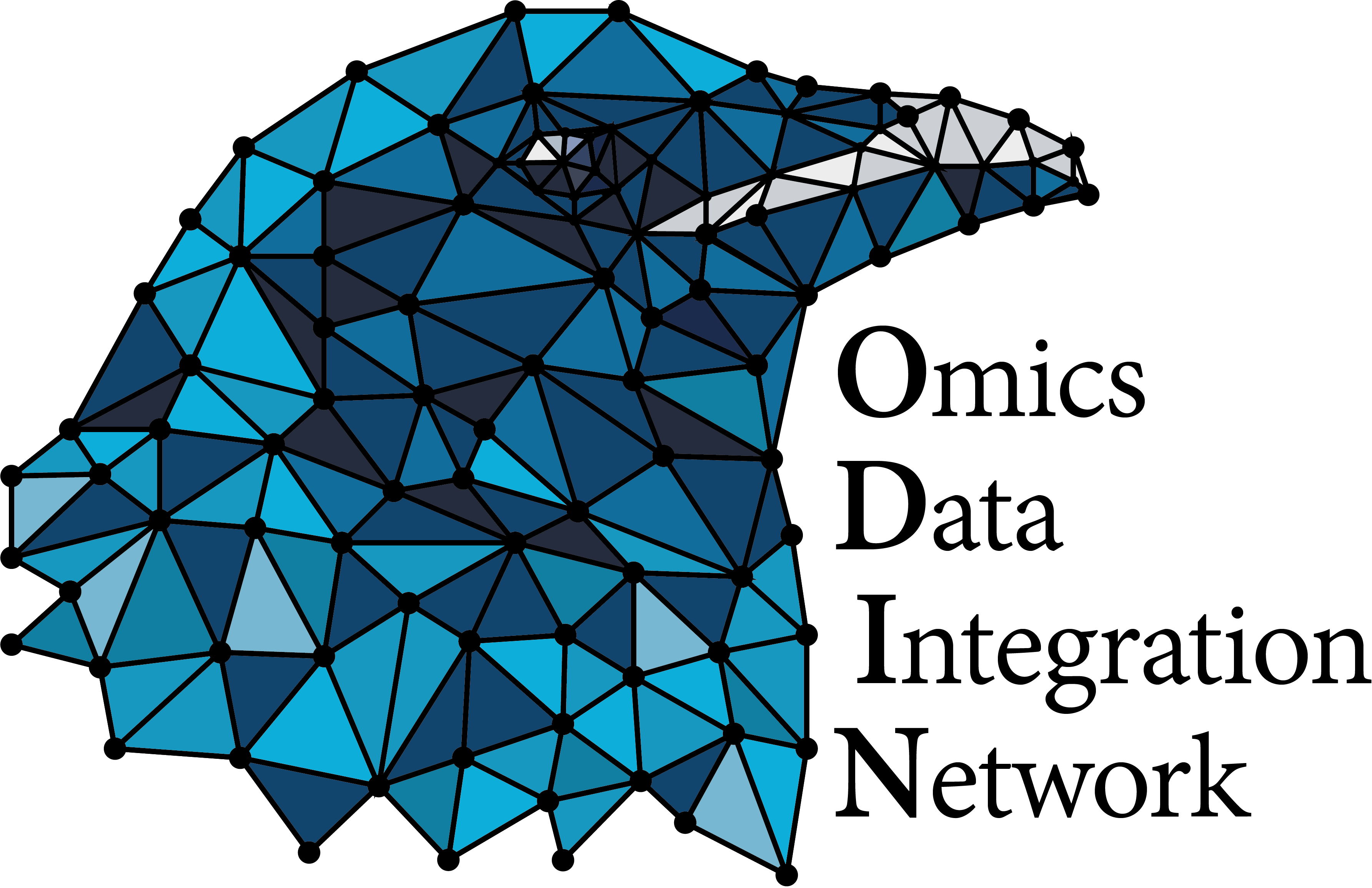UCAGenomiX informations
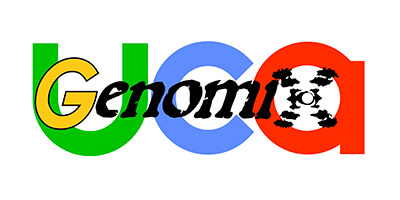
Institute: Institut de Pharmacologie Moléculaire et Cellulaire
Address: IPMC UMR7275, 660 Route des Lucioles, SOPHIA ANTIPOLIS, 06560 VALBONNE
Website: https://www.genomique.eu/
Manager: Pascal Barbry
Contact: barbry@ipmc.crns.fr
Description of activity
Since 1999, the UCAGenomiX platform has provided expertise in transcriptomics, bioinformatics and functional genomics, from experimental design to primary and secondary bioinformatics analysis and biological interpretation. UCAGenomiX is constantly developing new areas of expertise, either in-house or through scientific collaborations. With a core expertise in transcriptomics, it provides data at resolutions down to the single cell level. Since its creation, UCAGenomiX has been involved in major projects, such as the creation of the Franco-British Resogen microarray resource resulting from a collaboration between the Réseau National des Génopôles and the MRC, the “Human Cell Atlas” project, carried out thanks to the support of the Chan Zuckerberg Foundation, or the 1011 yeast genomes project, carried out as part of the France-Génomique national biotechnology-health infrastructure, of which the platform has been a founding member since its creation in 2011. UCAGenomiX engineers enlighten your biological studies by incorporating a detailed picture of all associated genomic events.
Available systems
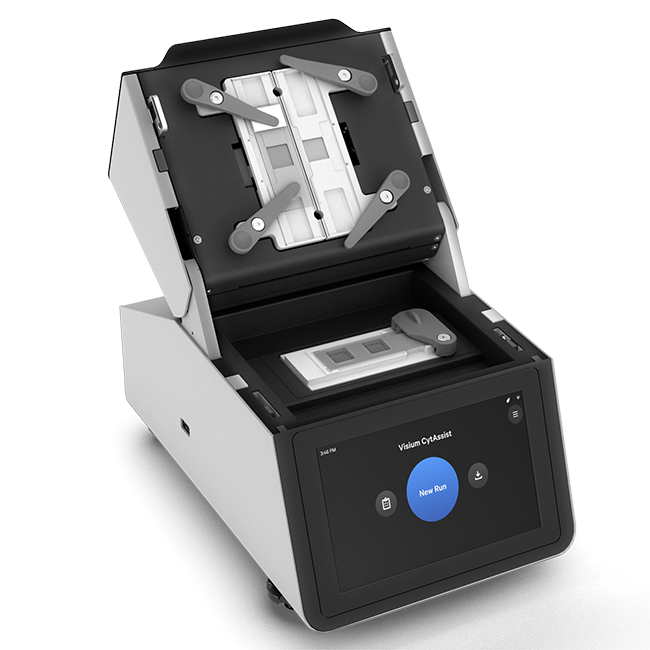
10xGenomics Visium
Spatial transcriptomics approaches conserve the localization of transcript expression in tissue. This spatial information is crucial for contextualizing a transcriptomic phenotype observed at histological level and deducing its function, or for comparing pathology-induced expression variations within the same tissue. 10X Genomics Visium is a spatial genomics platform that captures whole transcriptome gene expression data within FFPE or fresh frozen tissue sections, providing spatial context to transcriptomic information. It involves depositing a histological section about ten micrometers thick on a 6.5 mm square slide, gridded by 5,000 “spots” containing specific positional barcodes. These spots measure 55 μm and their centers are separated from each other by 100μm. Tissue cells are first permeabilized so that their RNAs are captured by the underlying spots and then retrotranscribed. The resulting cDNAs are then pooled and prepared for Illumina sequencing.
See more about the system
10xGenomics Chromium
10X Chromium is a platform developed by 10X Genomics for high-throughput single-cell RNA sequencing (scRNA-seq). It enables the profiling of whole transcriptome gene expression in thousands of individual cells simultaneously. It captures single cells in droplets, barcoding each cell's RNA with unique molecular identifiers (UMIs), and sequencing the RNA to provide a detailed transcriptomic profile of each cell. This technology is crucial for studying cellular heterogeneity, identifying rare cell types, and understanding complex biological systems.
See more about the system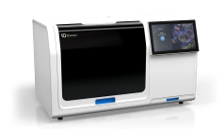
10xGenomics Xenium
Spatial transcriptomics approaches conserve the localization of transcript expression in tissue. This spatial information is crucial for contextualizing a transcriptomic phenotype observed at histological level and deducing its function, or for comparing pathology-induced expression variations within the same tissue. 10xGenomics Xenium is a state-of-the-art single cell spatial imaging platform which integrates high-resolution imaging and onboard data analysis enabling the processing of 400 mm² of tissue in <50 hrs (with nuclei-based segmentation). Xenium technology allows for the detection of gene pannels up to 5k targets, that can be customized.
See more about the system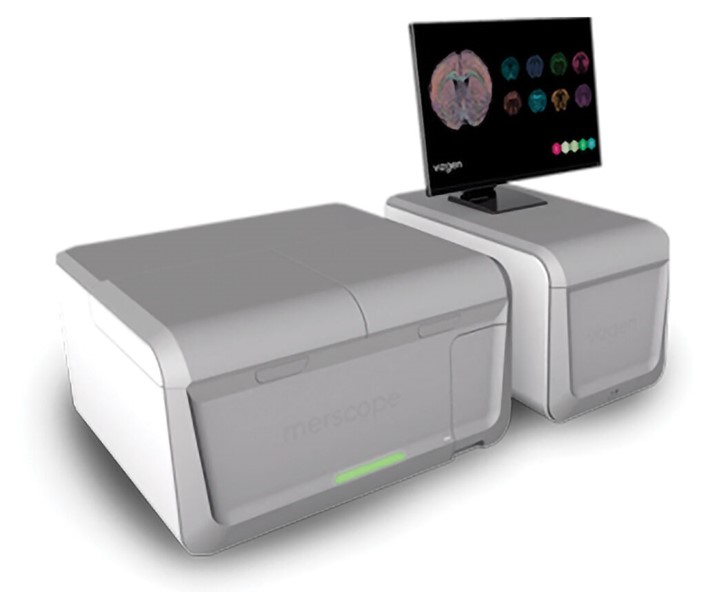
Vizgen Merscope
Vizgen Merscope is a spatial genomics platform that offers high-resolution gene expression mapping within tissues, enabling users to understand where and how genes are expressed. It features multiplexed imaging, allowing for the detection of up to thousands of RNA species, and provides subcellular resolution for detailed insights into the spatial organization within cells. Merscope allows for the design of custom gene panels tailored to specific research needs. Additionnaly, 6 proteins can be simultaneously detected within the same tissue.
See more about the systemIllumina NextSeq 2000
The Illumina NextSeq 2000 is a next-generation sequencing platform designed to deliver high-throughput sequencing capabilities with a balance of performance, flexibility, and cost-effectiveness. It supports a range of read lengths and output modes, making it suitable for various applications including whole-genome sequencing, RNA-seq, and targeted sequencing.
See more about the system